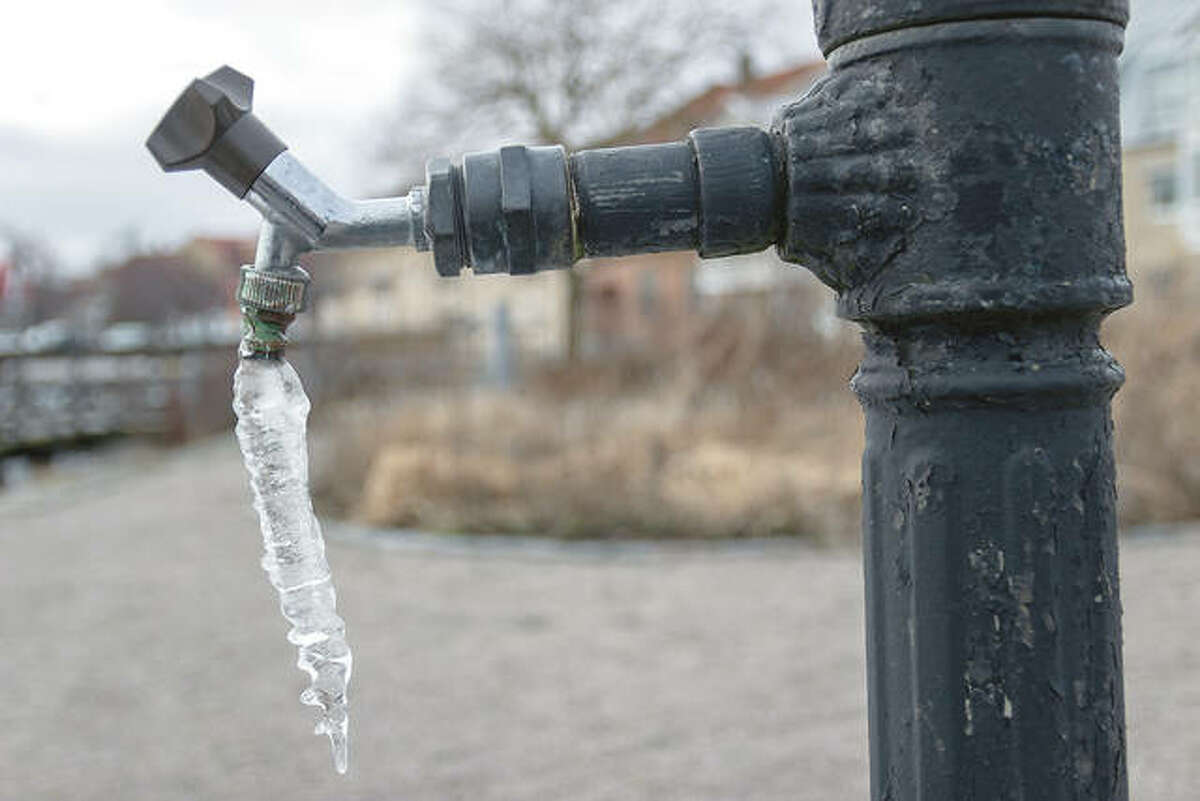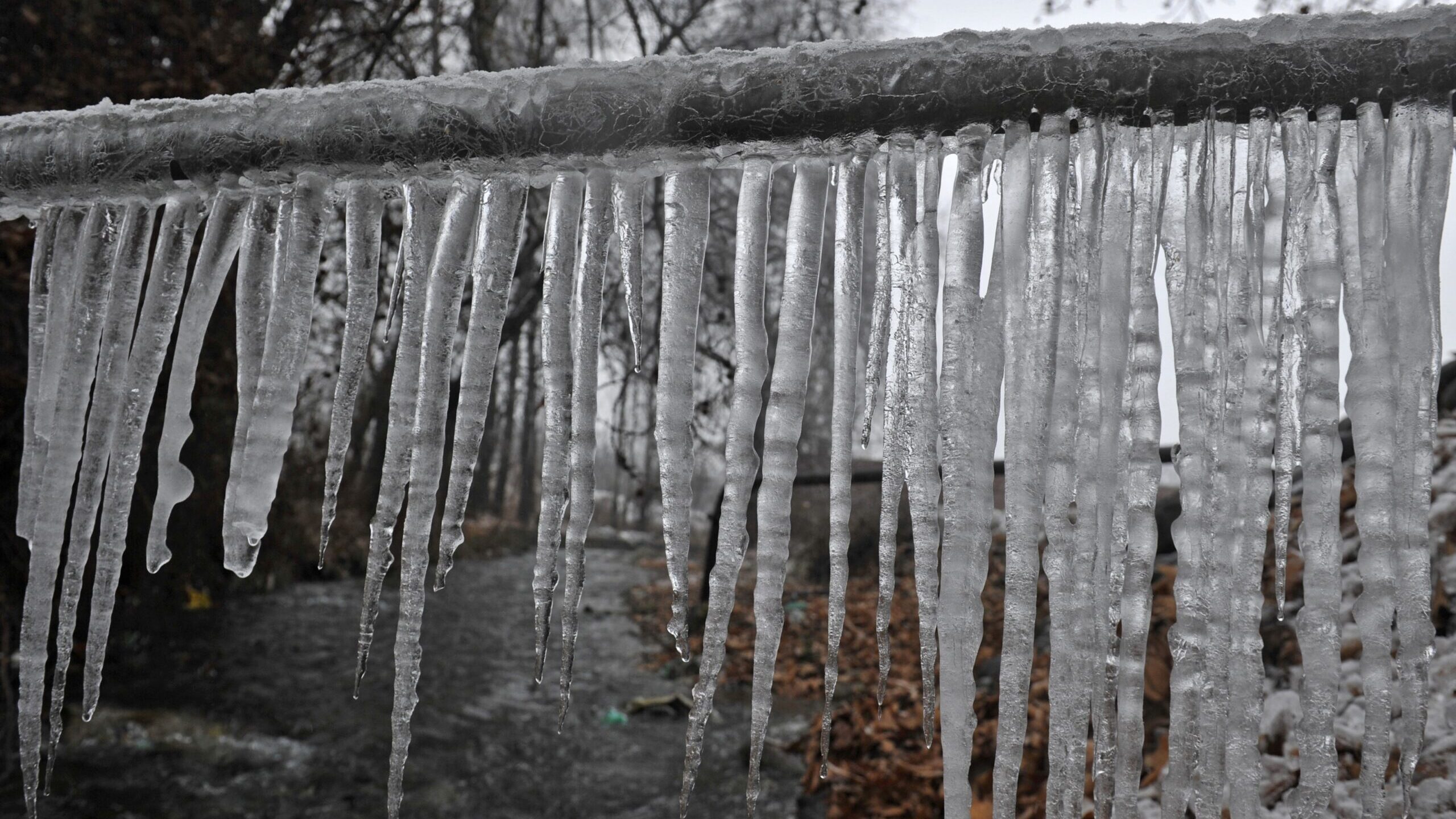Ways to Defend Your Pipes from Freezing: Specialist Guidance
Ways to Defend Your Pipes from Freezing: Specialist Guidance
Blog Article
What're your concepts about Preventing and dealing with frozen pipes?

Cold weather can ruin your pipes, specifically by freezing pipes. Below's exactly how to prevent it from taking place and what to do if it does.
Introduction
As temperature levels decline, the danger of frozen pipes boosts, possibly resulting in pricey repairs and water damage. Recognizing just how to stop icy pipelines is critical for property owners in cool climates.
Avoidance Tips
Insulating vulnerable pipes
Cover pipelines in insulation sleeves or make use of warm tape to protect them from freezing temperatures. Concentrate on pipelines in unheated or exterior locations of the home.
Home heating techniques
Maintain interior spaces appropriately warmed, particularly areas with plumbing. Open up cupboard doors to permit cozy air to flow around pipelines under sinks.
Just how to recognize frozen pipes
Search for decreased water flow from taps, uncommon odors or noises from pipelines, and visible frost on subjected pipelines.
Long-Term Solutions
Architectural changes
Take into consideration rerouting pipelines far from exterior wall surfaces or unheated locations. Include extra insulation to attic rooms, basements, and crawl spaces.
Upgrading insulation
Purchase top quality insulation for pipes, attics, and wall surfaces. Proper insulation helps preserve constant temperature levels and reduces the risk of frozen pipes.
Safeguarding Outside Plumbing
Garden hose pipes and outside taps
Separate and drain pipes garden tubes prior to wintertime. Mount frost-proof spigots or cover exterior faucets with protected caps.
Comprehending Icy Pipes
What triggers pipes to freeze?
Pipelines ice up when subjected to temperature levels below 32 ° F (0 ° C) for prolonged durations. As water inside the pipes freezes, it broadens, taxing the pipeline wall surfaces and potentially causing them to rupture.
Dangers and problems
Icy pipelines can result in water system disturbances, home damages, and costly repair services. Ruptured pipes can flood homes and cause extensive architectural damage.
Indicators of Frozen Piping
Recognizing frozen pipes early can stop them from breaking.
What to Do If Your Pipes Freeze
Immediate actions to take
If you believe frozen pipes, keep taps open to relieve stress as the ice melts. Use a hairdryer or towels taken in hot water to thaw pipes slowly.
Final thought
Avoiding icy pipes needs aggressive steps and fast responses. By comprehending the reasons, signs, and preventive measures, homeowners can secure their pipes throughout cold weather.
5 Ways to Prevent Frozen Pipes
Drain Outdoor Faucets and Disconnect Hoses
First, close the shut-off valve that controls the flow of water in the pipe to your outdoor faucet. Then, head outside to disconnect and drain your hose and open the outdoor faucet to allow the water to completely drain out of the line. Turn off the faucet when done. Finally, head back to the shut-off valve and drain the remaining water inside the pipe into a bucket or container. Additionally, if you have a home irrigation system, you should consider hiring an expert to clear the system of water each year.
Insulate Pipes
One of the best and most cost-effective methods for preventing frozen water pipes is to wrap your pipes with insulation. This is especially important for areas in your home that aren’t exposed to heat, such as an attic. We suggest using foam sleeves, which can typically be found at your local hardware store.
Keep Heat Running at 65
Your pipes are located inside your walls, and the temperature there is much colder than the rest of the house. To prevent your pipes from freezing, The Insurance Information Institute suggests that you keep your home heated to at least 65 degrees, even when traveling. You may want to invest in smart devices that can keep an eye on the temperature in your home while you’re away.
Leave Water Dripping
Moving water — even a small trickle — can prevent ice from forming inside your pipes. When freezing temps are imminent, start a drip of water from all faucets that serve exposed pipes. Leaving a few faucets running will also help relieve pressure inside the pipes and help prevent a rupture if the water inside freezes.
Open Cupboard Doors
Warm your kitchen and bathroom pipes by opening cupboards and vanities. You should also leave your interior doors ajar to help warm air circulate evenly throughout your home.

I was made aware of that editorial about Prevent Frozen Pipes from a buddy on a different web page. Sharing is caring. Helping people is fun. Many thanks for being here. Don't hesitate to pay a visit to our site back soon.
This Resource Report this page